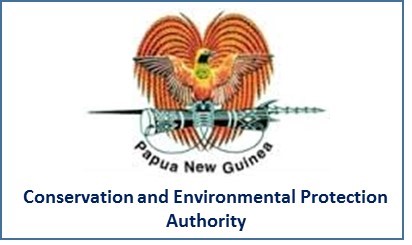Building Capacity for Sustainable and Responsible Development in the Bismarck Sea, Papua New Guinea (PNG) is a collaborative program which aims to protect a globally-important region for biodiversity, while boosting livelihoods and food security, and achieving the Sustainable Development Goals (SDGs). The Bismarck Sea is the jewel in PNG’s crown, with abundant natural resources including fish, reefs and mineral deposits. There are many opportunities for mining, agriculture, fisheries and tourism. But developing these resources sustainably, thus improving the lives of communities long into the future, means devising effective decision-making processes. These must be evidence-based, inclusive and transparent, and prepared for future uncertainty and rapid change.
The project is a collaboration between Papua New Guinea’s Conservation Environmental Protection Authority (CEPA), the Australian government’s science agency CSIRO, and The Nature Conservancy, and contributes to PNG’s National Plan of Action for the Coral Triangle Initiative on Coral Reefs, Fisheries and Food Security (CTI).
The CTI’s goal is to achieve conservation of marine biodiversity and food security through sustainable resource management. Goal 1 of the CTI is to designate and effectively manage priority Seascapes, which are large, multiple-use marine areas in which public and private stakeholders cooperate to conserve the diversity and abundance of marine life, and to promote human well-being. Priority Seascapes have high biodiversity values and socio-cultural or economic values, and existing or potential conflicts between them. CEPA has identified the Bismarck Sea as a priority Seascape. Between 2015-2017 this program trialled an approach to implementing the Seascapes concept, funded by the Australian Government’s Department for Environment and Energy.
The program’s Advisory Committee agreed that work should focus on East (ENB) and West New Britain (WNB) provinces. This would build on a previous CTI project, WNB Livelihood Futures (Butler et al. 2012), the Locally Managed Marine Area network in Kimbe Bay, and the United Nations Development Program’s Community-based Forest and Coastal Conservation and Resource Management program.

Papua New Guinea (Map: Nate Peterson)






